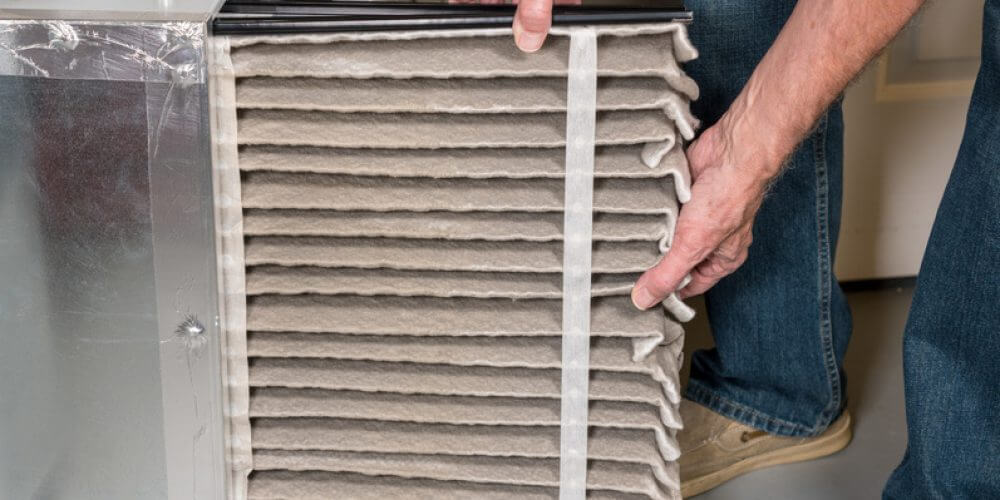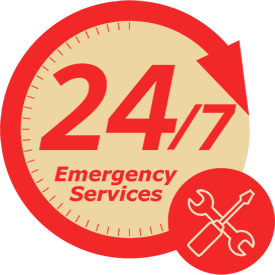Routine furnace maintenance is extremely important because it helps preserve the life of your entire HVAC system. Having a regular HVAC service tune-up of your system will keep it operating efficiently. Here are six checkpoints to use every time you have a tune-up to make sure that your system is working properly.
1. Is the Air Filter Cleaned?
An HVAC system that is trying to work with a dirty air filter has to work much harder. As a result, it uses more energy. This will increase your energy bill. During your tune-up, make sure the technician installs clean, new air filters throughout the entire system.
2. Is the Gas Pressure Good and the Flame Sensor Okay?
This is a critical part of your furnace maintenance. Low gas pressure will make your burner run longer and use more energy. Not only will you pay more for this, but it will also shorten the life of your burner. The flame sensor, which is essentially a safety feature is also critically important. Simply put, the flame sensor takes readings to make sure that there is not too much gas being pumped into the system. If the flame sensor is dirty or clogged, the readings that it takes will not be accurate. This could lead to system overload or even a fire. That is why it is extremely important that the flame sensor is always clean and checked that it is working properly
3. Is the Thermostat Working Okay?
Don’t overlook the maintenance on your thermostats. If the thermostat is not working okay, the temperature readings will be inaccurate. But thermostats will help control your heating cost if they are maintained correctly and give accurate readings. For instance, it’s really not necessary to leave the heat on so high while you’re sleeping versus while you’re active at home during the day. Your heating costs can actually be reduced by 5% just by turning the thermostat down by two degrees.
4. Are the Drive Belts in Good Shape?
Similar to the concept of the drive belts or fan belts in your in a car, the drive belts in your HVAC system should also be checked as part of your routine furnace maintenance. If the drive belts are worn, or thin, they will not be operating as quickly or as efficiently as they should be. If they snap or collapse, the system will cease operating. This is a great example of how routine upkeep and furnace maintenance can prevent costly service calls.
5. Is the Ductwork in Good Condition?
Ductwork is the chute through which all the conditioned air and heat travel. If the ductwork is loose, has holes, or is unevenly joined in some spots, the conditioned and heated air that you are paying for is going to escape through those openings and will not be delivered to the area that you want it to service. This is why checking the ductwork to be sure it is in good condition is extremely important. Otherwise, your money is really going out the window.
6. Is the Air Flow Strong to All of the Supply Outlets?
Making sure that the air flow is strong to all of the supply outlets is very important, because this is the heat and air that is supposed to go into a room (or an area). If your HVAC system has already cooled or warmed the air, the air needs to flow into the room in order to change the temperature. If the air flow is weak in your home, the air ducts in your home should be checked for leaks. Then the ducts should be sealed to prevent further leakage.
Just like we schedule regular maintenance for our cars, it is clearly important that our furnace maintenance and upkeep is done on a regular basis as well. This will save you the stress and expense of air conditioning repair appointments, furnace repair, and service calls, because by being proactive you are doing everything you can to keep any problems from happening in the first place.









